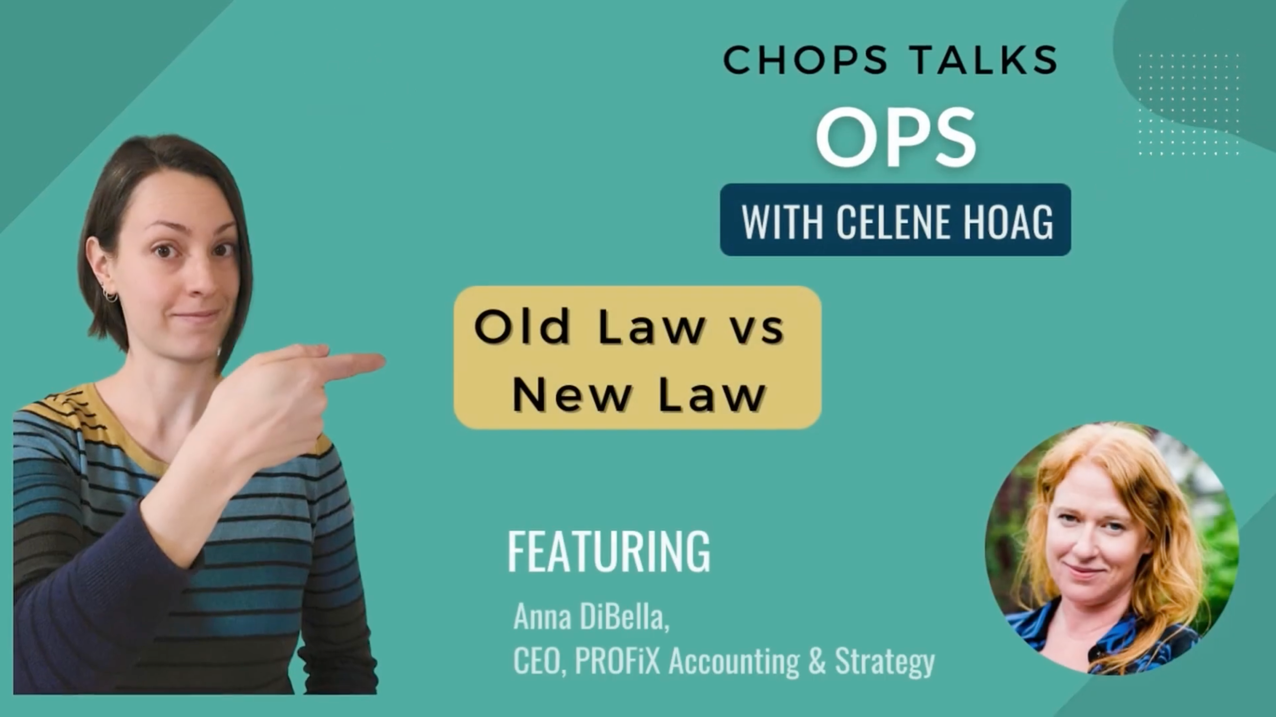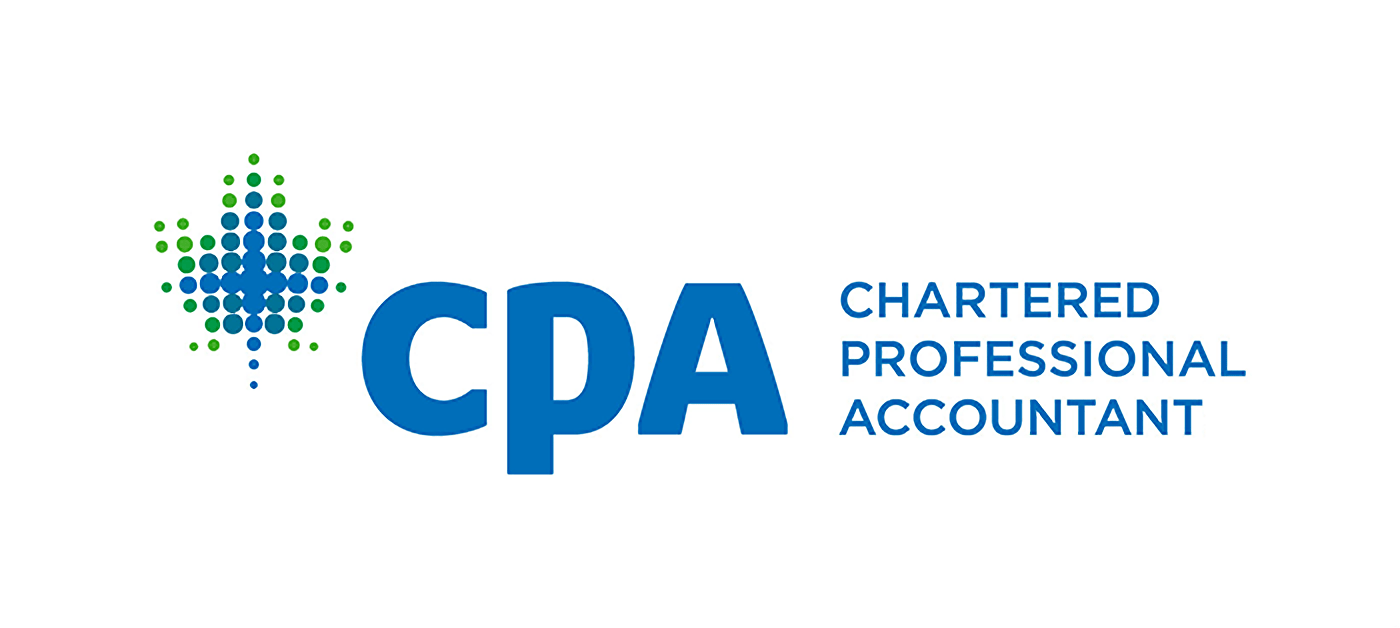PROFiX’s Guide to Reading and Understanding Financial Statements
Reading and Understanding Financial Statements
Check out our guide to reading and understanding the 3 key financial statements: balance sheets, cash flow statement, and profit and loss (income) statement so you understand your business’ financial position.
As a business owner, you’re an expert in your field. Whether it’s law or professional services or retail — you know your stuff inside and out. You understand your customers’ problems and know how to provide the kind of solutions they’re looking for. However, you may have a financial blindspot.
Don’t worry — it’s completely normal for small business owners and entrepreneurs to not be fully proficient in financial operations.
That’s where PROFiX comes in. Anna DiBella, CPA, CGA, will guide you through the three most important financial statements you need to understand, so you feel confident about your business and can bring your vision to reality.
What are financial statements?
Let’s start with the basics. You’ve heard the bank representative ask for your financial statements and you’ve handed them over, but you’re not quite sure what they mean or what they tell people about your business. Here’s what you need to know.
A financial statement offers a snapshot of your business at any moment in time (through a balance sheet) or over a period of time (through an income statement). These documents break out revenue, expenses, assets, and liabilities, and show what your business’ profit and loss is for any given time period.
Financial statements are important because they help you make data-based decisions about your business. When you have access to timely and reliable financial statements, you know exactly what the financial position of your business looks like, and you can use this to drive operations and other functions.
Be sure to review your financial statements on a monthly basis at minimum. Ideally, these need to be reviewed sooner. If you’re finding it overwhelming to keep up with your everyday business tasks and review your financial information, work with a CPA who specializes in small businesses and entrepreneurs.
What is a balance sheet?
Think of a balance sheet like a photograph. It captures your business’ financial position at a specific moment in time.
It shows the tangible assets of your business, such as cash and accounts receivables, machinery, inventory, and anything else that adds value. With a balance sheet, you can also see the liabilities your business has, such as any loans owing to banks or other institutions, unpaid bills, or anything that decreases the value of your business. Equity is another important factor on your balance sheet.
This is the cash contributions to the business from investors (owner contributions) and retained earnings (profit from previous years).
The most important formula you’ll need to know when it comes to balance sheets is Assets = Liabilities + Equities. Keep in mind that if your liabilities are higher than the equity, it means your business assets are financed primarily through debt. This isn’t necessarily a bad thing, but an experienced accountant can help you manage your liabilities more effectively.
Software Training offer:
TRUST ACCOUNTING IN CLIO and XERO
Is your law firm Law Society Compliant in Clio and Xero? If you aren't doing a 5-way trust bank reconciliation, you are not compliant.
Learn the proven method for keeping your financials clear and on track. We'll go through each step from set up to reconciliation, plus share tips for best practices and supporting apps.
In this
4-hour course, we outline our start to finish process for trust accounting in Clio, plus provide tips and best practices for working efficiently and staying organized.
Learn more and see the course outline.
How to read and analyze a balance sheet
The higher your equity is compared to your liabilities, the more value your business has. Take a look at this common mortgage as an example:
Balance Sheet
Asset: The value of your home $500,000
Liabilities: The balance you owe on your mortgage $200,000
Equity: The value of your home that you own $300,000
Equity is what you get to take with you if you sell your home. A business is no different. As you pay your mortgage every month, the liability decreases and your equity increases.
The value of the asset doesn’t change, just the amount of debt and equity that finances that asset. The more equity you have on a balance sheet compared to liabilities, the more valuable your business is (on paper).
What is cash flow?
This is a term that is likely to come up in any conversations you have with financial institutions or investors, so it’s important to be familiar with it and know how it applies to your business.
Cash flow is the amount of cash you have coming into and out of your business at any given period of time. It’s extremely important to monitor your cash flow because when you run out, your business is bankrupt.
An important distinction to note is that revenue (or sales) is very different from cash flow and they shouldn’t be confused for the same thing.
In some businesses, like a restaurant for example, sales and cash flow are very aligned because customers pay for their meals the same day they receive them. As a result, when sales are high, cash coming in is high too.
However, in some other types of businesses like law firms, when a sale is made, payment comes in later. In some cases, you may not be paid till 30, 60, or even 90 days after the sale is made.
In this case, when sales are high, cash payments will increase in 30-90 days. These businesses need to plan ahead to ensure that they have enough cash flow to pay bills and employees during times in the year where they are waiting for their revenue to come in.
If you’re in an industry where your customers don’t pay you right when a sale is made, it’s especially important to work with an experienced CPA to build a plan to manage your cash flow.
Cash flow statements
A cash flow statement is an important financial document that tells you your business’ financial position over a specific period of time. If a balance sheet is like a photograph, a cash flow statement is like a video.
Cash flow statements measure cash coming in and out of a business. It shows if you are gaining or losing cash reserves, and what you are spending cash on (like expenses, assets, or owner’s compensation, for example).
This financial statement is most useful if it’s paired with financial projections to ensure you are planning ahead. The key rule of thumb is that your bank balance should always have a minimum amount to cover 3 months of overhead.
This means that your business should have enough cash flow to operate in a crisis where you don’t have sales for three months.
The current pandemic is a good example of a crisis that has affected almost every business in every industry. In these cases, having cash flow and reserves is critical for survival.
Income statement — how to read and analyze
If you took an accounting class in high school or university, you likely know the P&L statement or Profit and Loss statement as the income statement. It’s recently rebranded to more clearly reflect what it’s about: your profitability.
This financial statement shows a breakdown of your business’ revenue and expenses, and whether you made a profit or loss. An income statement shows a breakdown of the different revenue streams you have and the direct expenses (cost of sales) that went into producing that revenue.
For example, in a law firm, the revenue is the different areas of law the firm practices or the individual lawyers. The cost of sales is the lawyers’ salary that generated that revenue. Then a list of overhead (general expenses) are deducted, and the difference between your revenue is your net income or loss (profit).
Determining the expense and revenue categories in a strategic way that aligns with your budget is an important step many businesses miss when designing their accounting systems. This is where a leader in accounting and financial strategy like PROFiX can help you ensure your financial statements are accurate and in order and support you in meeting your business objectives.
Financial ratios and indicators
Here’s where many business owners begin to feel overwhelmed, but we’re here to guide you through it. When it comes to financial ratios and indicators, any old ratios will do. What’s important is that you ensure the ratios align with your specific business goals.
For example, if you are trying to grow your business, you’ll want to look at sales growth percentage year over year. If you are a cannabis grower, you’ll need to track things like yield per plant or profit margin per yield.
Context is everything when it comes to ratios and indicators. If you’re not following the
right ones for your business and your goals, you won’t have a useful picture of your business’ performance.
Accounting period
An accounting period is the same as a financial reporting period. For example, for tax purposes, the accounting period is one year.
Anna DiBella recommends looking at your financial statements in both monthly and yearly periods and comparing them to prior periods. It’s best to align your business accounting period with the tax period for simplified reporting (Jan-Dec).
Financial statement FAQs
At PROFiX, Anna DiBella gets a lot of questions about financial statements. Here are some of the most common questions and answers to help guide you in your business. Want more details? You know who to call.
Balance sheet vs. profit and loss statement: what’s the difference?
A balance sheet is a snapshot in time. It includes your business’ assets, liabilities, and equity on any given day. A P&L statement (also known as an income statement) covers a period of time, usually a month or a year, and lists your revenue (sales), minus any expenses, showing a profit or loss.
How do I spot financial statement manipulation?
It’s not easy. The best way to ensure your financial statements haven’t been manipulated is to prevent it from happening in the first place. You need sound financial processes and good internal controls. PROFiX can help you set up financial procedures from the ground up with checks and balances so you know your numbers are accurate.
How do cash flow and revenue differ?
Revenue is your sales, while cash flow is your cash deposits (aka money in the bank). Revenue does not necessarily equal cash flow as sometimes payments come in after the sale happens, or they don’t come in at all. By ensuring you have adequate collection and write-off procedures in place, you can help prevent low cash flow.
How can I use my financial statements?
One of the most ineffective ways to use your financial statements is to have them prepared and then file them away. These are important documents that should be consulted whenever you make any important decisions about the future of your business.
For example, if you want to hire a new employee, start selling a new product, open a new location, or corner a new segment of your market, then your financial statements can help figure out how.
Be sure to work with an expert in accounting and strategy who can help you understand your financial statements, so you have context around all the numbers and know what they say about your business.
Want more time for your business and more clarity around your finances?
Our team is here to guide you through your financial statements. Not only that, we can help you figure out how you can reach your goals. Whether you want to improve profitability, have more cash in the bank, or reduce your expenses, PROFiX can make it happen.




